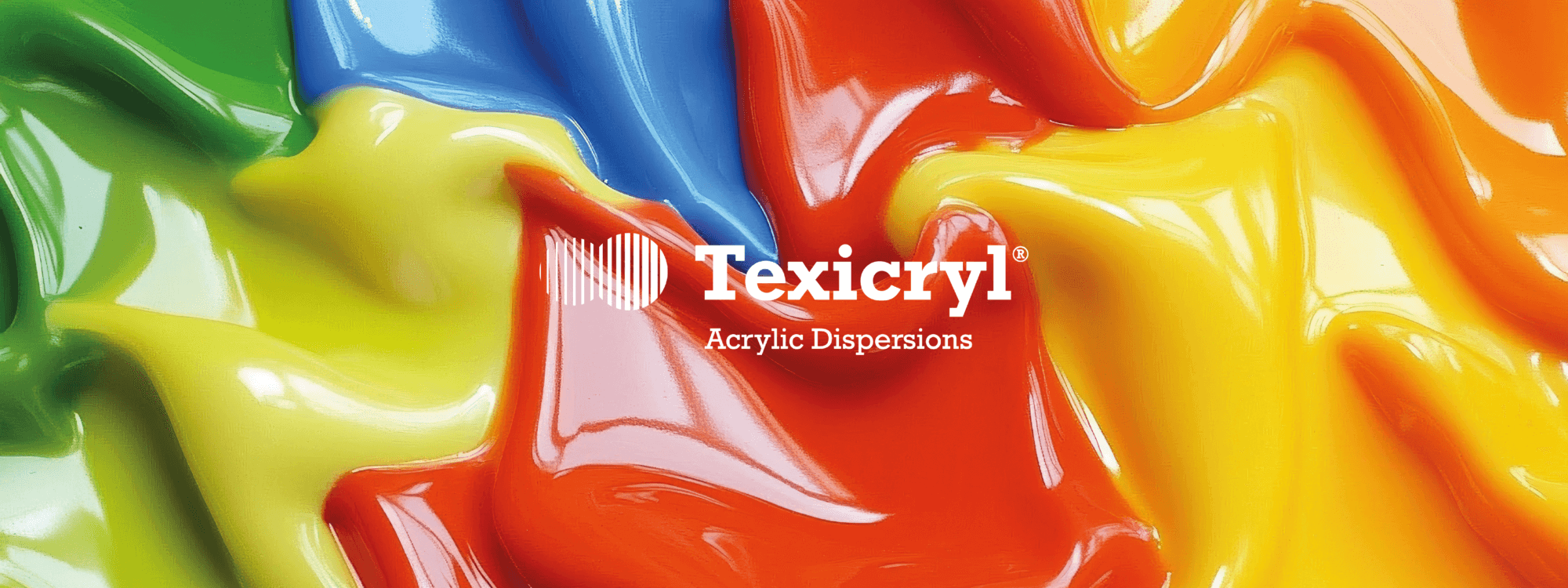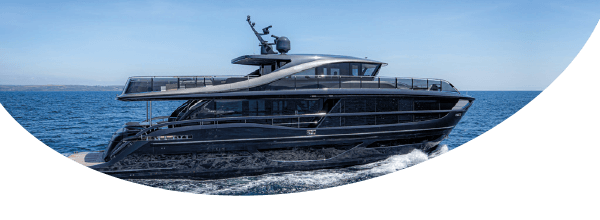Technology of our Binders
Styrene-Acrylic Binders
Our styrene-acrylic binders are copolymer emulsions synthesised from styrene and acrylic monomers through emulsion polymerisation. The combination of these two monomers provides a balance of rigidity, adhesion, and weather resistance, making them ideal for interior and exterior coatings, adhesives, and construction materials.
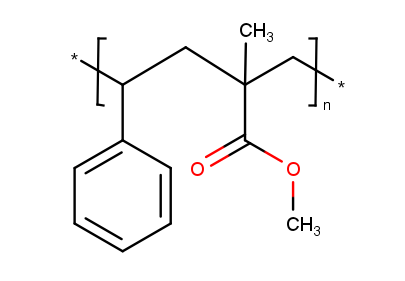
Taking a closer look at the polymer chemistry and composition:
Monomer Contributions:
- Styrene
- Provides hardness, gloss, and chemical resistance.
- Hydrophobic monomer leads to improved water resistance.
- Improves adhesion to non-porous surfaces.
- Suitable for construction industry primers, inks and overprint varnishes in paper applications.
- Reduces overall cost.
- Acrylic Monomers (e.g., Butyl Acrylate, Methyl Methacrylate, Acrylic Acid):
- Improve UV stability and weather resistance.
- Versatile group of monomers ranging from soft and flexible to hard and tough.
The technology behind coatings and adhesives using styrene-acrylic binders relies on polymer film formation to create a water-resistant and flexible barrier. Upon drying, the binder particles coalesce to form a continuous, flexible film in the form of either a coating or compounded adhesive.
Another example of Scott Bader’s binder technology are our pure acrylic binders. Water-based polymer emulsions made entirely from acrylic monomers. Unlike styrene-acrylic or vinyl-acrylic binders, it contains no styrene or vinyl components, making it superior in terms of UV resistance, durability and flexibility.
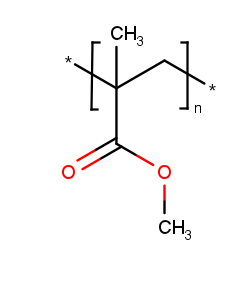
Unlike styrene-acrylic binders, pure acrylics do not yellow under UV exposure, therefore they are more popular for outdoor coatings and paint products. The wide variety of acrylic monomers that can be used in these emulsions make them suitable for sealants, masonry coatings and elastomeric paints. Additionally, pure acrylic binders form excellent bonds with concrete, wood, metals and plastics – displaying strong adhesion to various substrates.
Comparing pure acrylic and styrene-acrylic binders:

Our technology aspires to achieve absolute sustainability and help the environment, as part of that we wanted to highlight our Ecolabel Certification for product Texicryl 13-605. This demonstrates our commitment to more sustainable products while maintaining high quality from formulation to application.
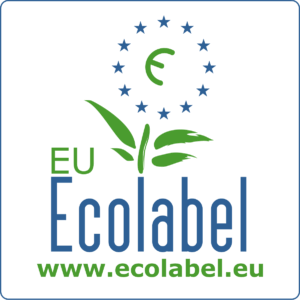
Scott Bader also manufactures core-shell acrylic binders that are advanced polymeric binders used in coatings, adhesives and other applications where tailored performance characteristics are needed. They consist of a polymer structure with distinct core and shell morphologies – each engineered to provide specific properties.
Structure & Composition
- Core: Usually made from a hard polymer. It determines mechanical properties like hardness, scrub resistance and scratch resistance.
- Shell: Typically, a softer or more functionalised polymer that provides surface properties such as flexibility, adhesion and compatibility with different substrates.
The core and shell phases are synthesised through stepwise emulsion polymerisation, allowing for precise control over morphology, particle size, and performance characteristics. The process includes:
- Core Formation: A monomer mixture is added and polymerized to form the inner core.
- Shell Formation: A second monomer mixture is added to form an outer layer.
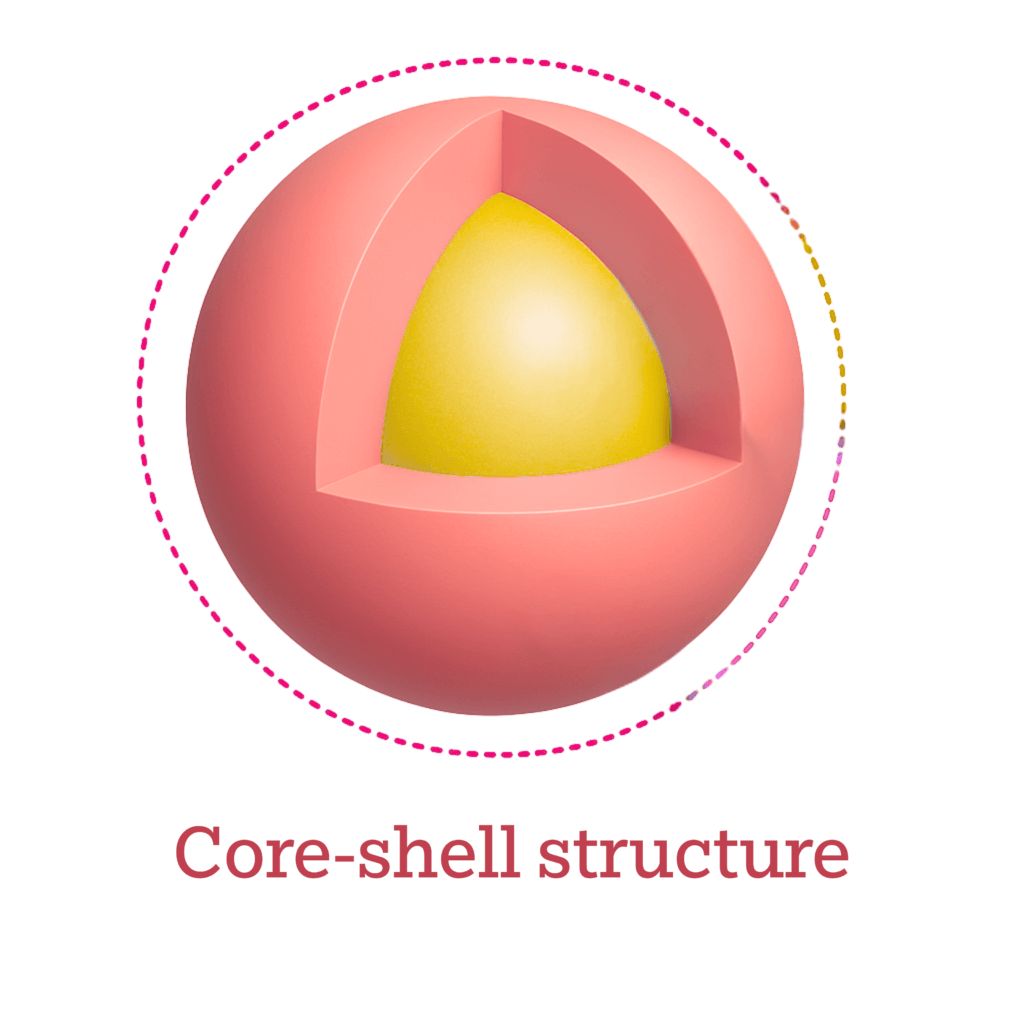
Advantages of Core-Shell Acrylic Binders include:
- Enhanced mechanical properties: Balances flexibility and toughness by optimising core-shell ratios.
- Improved Adhesion: The shell can be designed to enhance adhesion to various substrates, including metal, wood and textiles.
- Chemical & Weather Resistance: The shell can incorporate functional groups for UV, water, or chemical resistance.
- Tailored Glass Transition Temperature (Tg): The core can be hard for durability, while the shell remains soft for increased flexibility and lower film formatting temperatures.
- Reduced VOCs: Making them environmentally friendly.
Conclusion
Scott Bader’s range of styrene-acrylic, pure acrylic, and core-shell acrylic binders demonstrates a commitment to high-performance solutions tailored for coatings, adhesives, and construction materials. Each binder type offers distinct advantages, from the cost-effectiveness and water resistance of styrene-acrylics to the UV stability and durability of pure acrylics, and the customizable mechanical properties of core-shell binders
